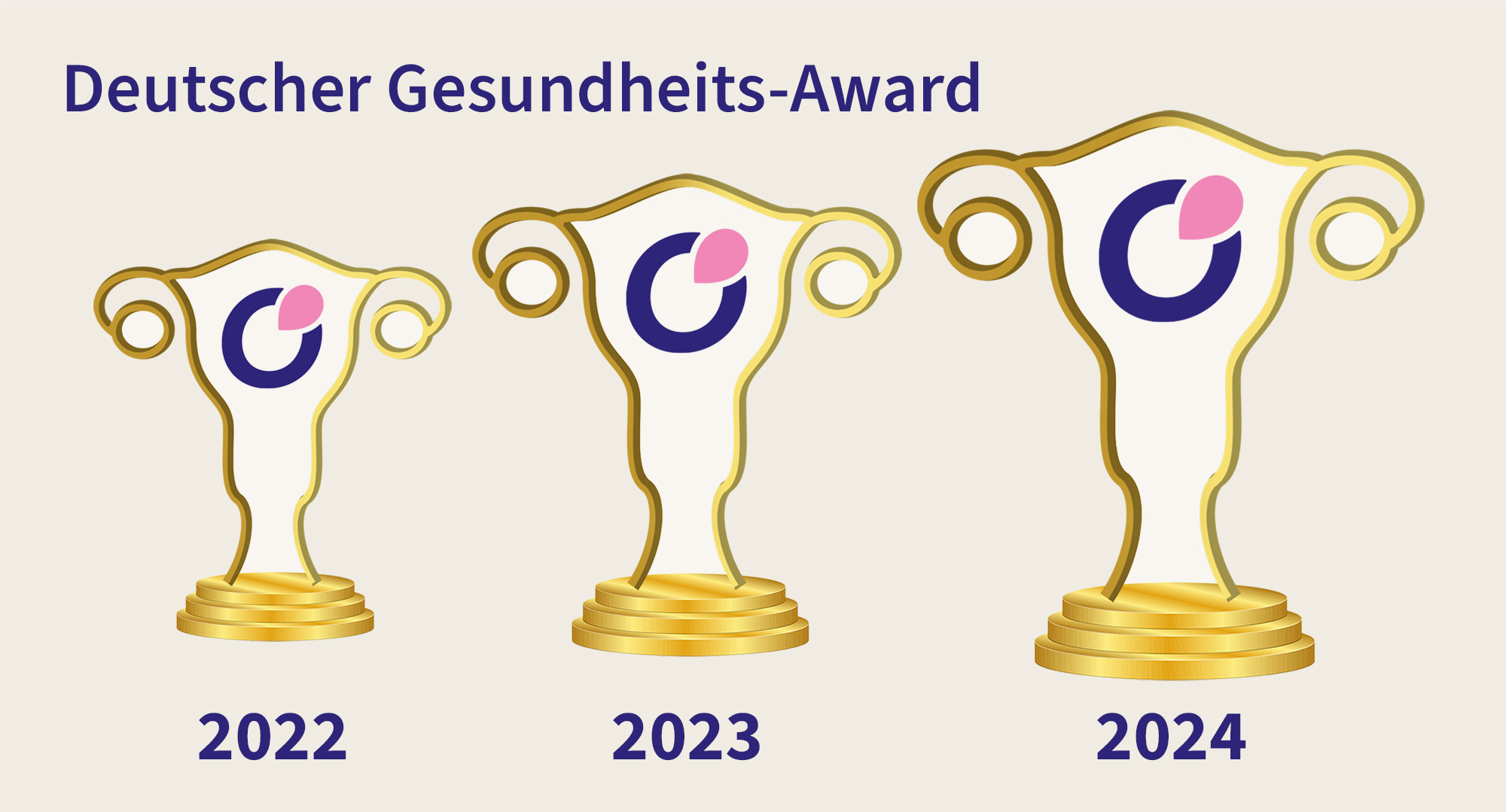How can I optimally adjust my training workload to my cycle?
Last week your training was easy and today you have to fight – even though you didn’t change anything? That’s possible! Your hormones are to...
Von: Anne Alexander

Last week your training was easy and today you have to fight – even though you didn’t change anything? That’s possible! Your hormones are to blame. Due to the changing concentration of estrogens and progestins, the female body is exposed to strong hormonal fluctuations. By adjusting your diet to your menstrual phase you can positively influence your hormonal balance. In addition to that, by adjusting your training to your cycle phase, you can become more efficient and overall more balanced.
Background
As early as the 1990s, studies (Reis E 1995) showed that increased strength training in the first half of the cycle is more effective than even maximum strength training distributed over the entire cycle. The reason for this is the muscle building and breaking down effects of the hormones estrogen and progesterone. Thus, in the first half of the cycle, the estradiol concentration in the blood rises to a peak value at ovulation, and then drops again to medium values. In the second half of the cycle, progesterone dominates, which tends to promote the breakdown of muscle mass.
Training from menstruation
When the hormones progesterone and estradiol are particularly low on the first day of the cycle, bleeding begins. While some women even feel fitter during this time, a good half experience menstruation as a “drop in form”. This raises the question: sport – yes or no? The most important thing is to listen to your body and provide it with what it needs, be it a long walk, a light fitness session or even a hot bath. Abdominal pain during your period can actually be reduced by a moderate run, as exercise boosts circulation. Activity also releases the feel-good hormone serotonin and endorphins, or happy hormones. So there’s nothing wrong with moderate exercise during your period but decide for yourself whether you want to give yourself a rest or not.
After menstruation
In the days after menstruation until ovulation, most women perform best (Sung E 2014). The reason for this is that as estrogen levels rise, other hormones such as norepinephrine or dopamine are increasingly released from the adrenal medulla. On the one hand, they increase performance and, on the other, suppress hormones that inhibit drive. In addition, there is the partly anabolic effect of the female sex hormones. That is why intensive training units during weight training, high-intensity training or spinning pay off, especially during this menstrual phase. The performance peak lasts for about 7-10 days and ends with ovulation.
Training from ovulation and in the second half of the cycle
From the time of ovulation, the concentration of progesterone is significantly increased. The result: your energy level drops. Pay particular attention to your body during this phase and reduce the intensity of your training sessions as soon as you notice that energy levels are dropping and fatigue and cravings appear. After ovulation, performance is at its lowest. This is probably due to the reduced ability to concentrate and the faster muscle as well as nerve fatigue caused by the increasing progesterone production. Reaction speed, coordination and fine motor skills also deteriorate. Therefore, you should significantly reduce the intensity of your training during this phase of your cycle.
If you want to have a child, you should not make your training too intense overall. Top athletes suffer particularly often from cycle disorders. Because of this, I can be a long way to the desired child. Fortunately, however, the body is capable of regeneration. If a healthy woman reduces her sports workload again, her fertility will also increase.
OvulaRing shows you when your ovulation takes place and in which cycle phase you are currently. This allows you to better assess your strength and train more effectively in accordance with your cycle pattern. Of course, your workout does not have to be limited to the first half of your cycle, because how much you get out of it still depends on one thing: yourself.
Literature
Reis E et al. (1995) Frequency variations of strength training sessions triggered by the phases of the menstrual cycle. Int J Sports Med. 1995;16(8):545–550. doi: 10.1055/s-2007-973052.
Sung E et al.( 2014) Effects of follicular versus luteal phase-based strength training in young women. Springerplus. 2014; 3: 668. doi: 10.1186/2193-1801-3-668





